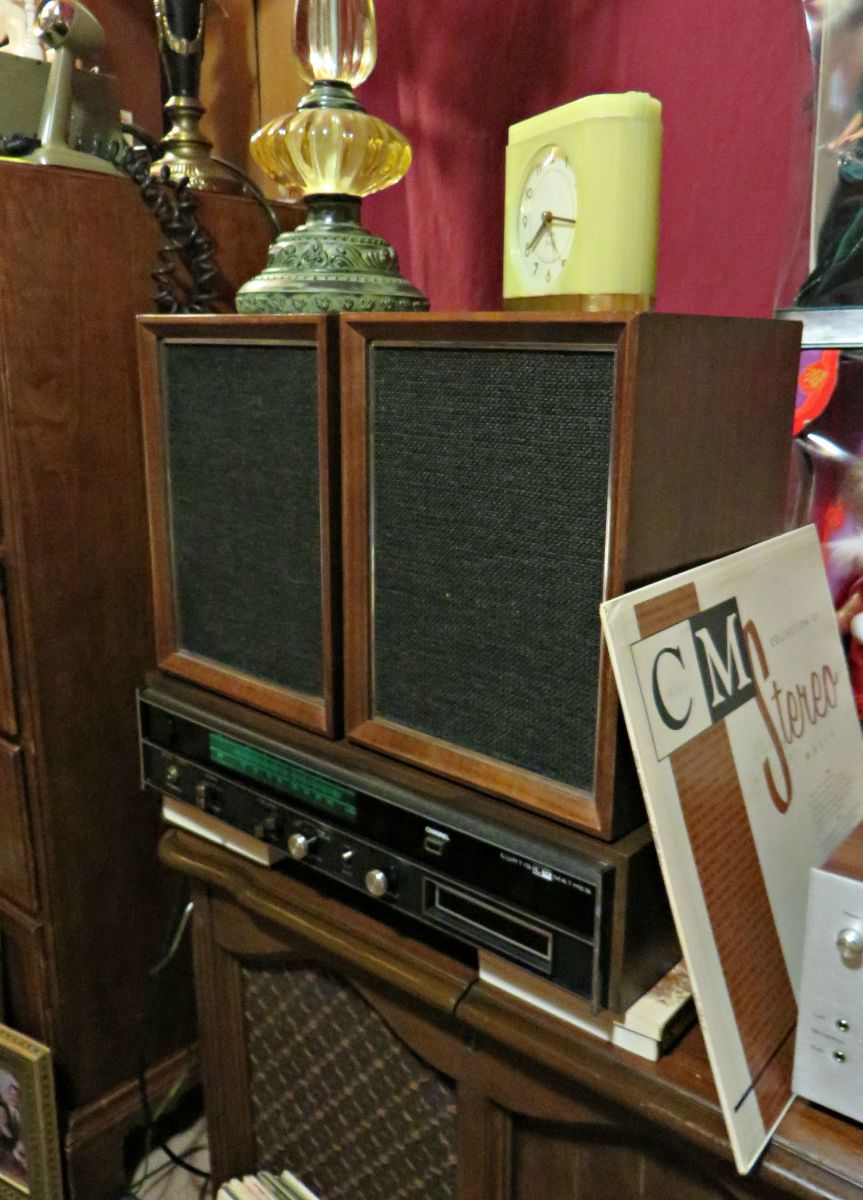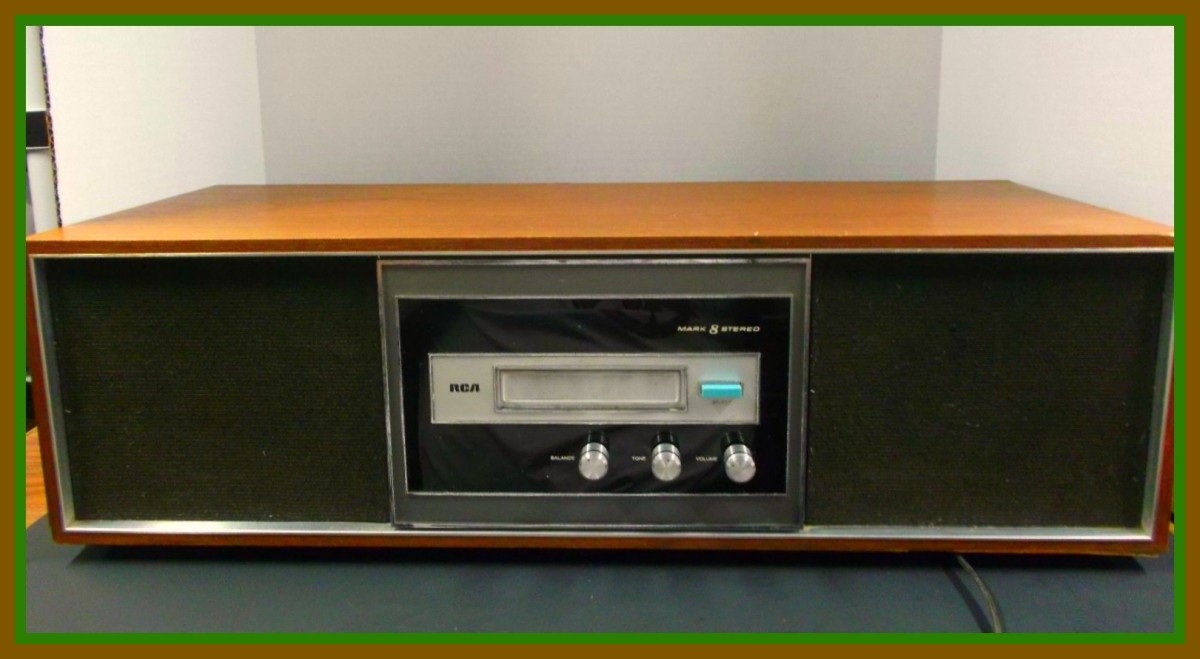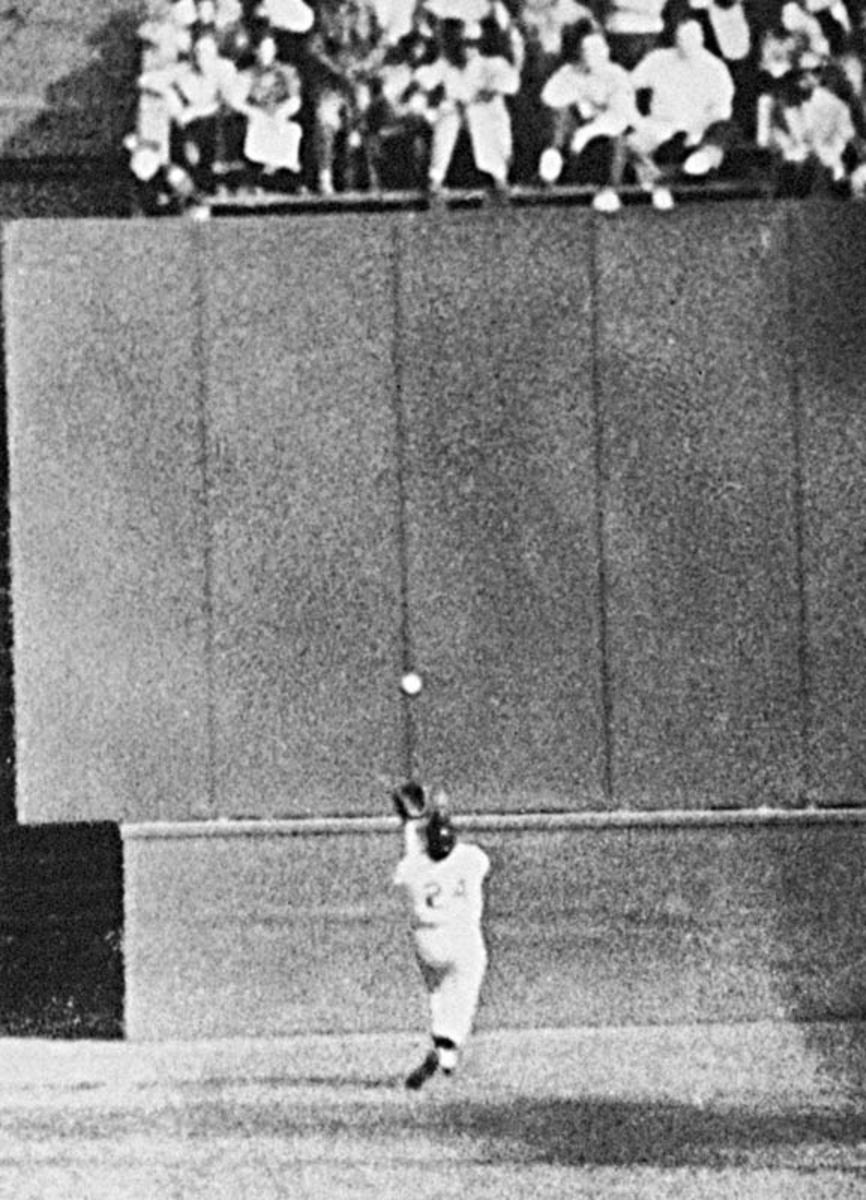Music Media: From 8-Tracks to MP3
A Brief History about Music Media
That's right ladies and gents!! Get ready to go back in time when you would pop that "; Beatles "; Stereo 8 or 8 Track Cartridge ooooorrr 8 Track Tape or simply 8 Track into your player and jam out with your friends or by yourself. I will also take you to the present time with all the media we have at our fingertips today. Now if you would ask me.....I would say my favorite type of sound carrier would be the vinyl record. Oh yes, that shiny, glossy black disc that came large or small or at different speeds like 78, 45 or 33 RPM ( rotations per minute ). I still collect vinyl records and plan to do so until i die. But enough about me, lets go into a little history.....shall we?
Vinyl Records: 1948- Present
Introduced in 1948, vinyl records were the primary release format until the compact disc ( CD ) displaced them in the late 1980s. Vinyl records come in many shapes and sizes. I have seen clear records, pink records, purple records and records with full blown artwork imprinted on one side with music on the other. There are 3 speeds and they are 78, 45 and 33 RPM. Most records come in 3 sizes, 12 inch, 10 inch and 7 inch. They are pretty easy to damage and scratch up so extra care must be taken when collecting vinyl records. I use a diamond tip stylus to play my records with and that pretty much guarantees that the record will not be scratched up. So you might want to invest in a high quality stylus ( needle ). Always keep your records at room temperature because of course they are basically plastic and they will melt in higher temps and warp and crack in cold temps. I don't know about you but I love the pop and hiss of old records, just feels so nostalgic eh?
Stereo 8: 1964-1988 ( RIP )
The infamous 8 track tape....oh yes. Seems almost comical now but they were the wave of the future back in sixties man!! The 8 tracks were created in 1964 by a consortium led by Bill Lear ( Lear Jet Corp ) along with Ampex, Ford, Motorola and RCA Victor Records. Multi track tape had been around awhile but technology finally allowed for mass production of multi-layered stereo tapes. 8 tracks grew in popularity because of the automobile boom of the sixties and soon everyone was jamming to the 8 track beat. But like all good things, the 8 track had to come to an end. With the invention of the compact cassette with its smaller size and rewind capability and then the dawn of the compact disc ( CD ) which is the main format for music today, it was inevitable that the 8 track would come to an end. Don't forget that the 8 track was the 1st portable music format. People could take the tape to their cars or to the beach with a player. Stores stopped selling 8 tracks around 1982 but music record clubs still sold them until 1988 and even today there are underground cults dedicated to collecting and preserving Stereo 8 tapes. My kind of people.
Compact Tapes: 1963 - Present ( but for how long? )
Invented in 1963 by Philips in Europe and later in the USA in 1964, it was originally intended for audio dictation and then audio storage. I personally still have my compact tape collection and I intend to keep it as long as I can. I still have compact tape players around the house and I still play those tapes whenever I feel like going back in time. I still see them for sale but its very rare that I do but it is still pretty funny to me. People just can't let go, can they? Compact tapes peaked in the late 1980s but with the age of the compact disc and new coming digital media, the tapes decline was a no brain-er. Compact tapes opened up a whole new World for people back then. Compact tapes could be protected and "; dubbed "; at home with blank tapes. a person could record their favorite radio mix for the 1st time in mass!! They were small and portable which made them very convenient. The compact tape later on evolved into a "; mini "; tape but that was never popular with music, just used mostly in dictation. The tape eventually went "; digital "; with the creation of the DAT ( digital audiotape ) tape in the early 1990sbut even that media would hardly be used except in a music studio for master recordings and such. But hey, the tape is still around and i don't think it will be going away any time soon. Do you?
Compact Disc: 1979 - Present ( still going strong )
A Compact Disc (or CD) was used to store digital data, originally developed for storing digital audio. The CD, available on the market since late 1982, remains the standard playback format for commercial audio recordings to the present day. Standard CDs have a diameter of 120 mm and can hold up to 80 minutes of audio. There is also the Mini CD, with diameters ranging from 60 to 80 mm; they are sometimes used for CD singles, storing up to 24 minutes of audio. The technology was later adapted and expanded to include data storage (CD-ROM), write-once audio and data storage (CD-R) and rewritable media (CD-RW). CD-ROMs and CD-Rs remain widely used technologies in the computer industry. The CD has been very successful, in 2004, worldwide sales of CD audio, CD-ROM, and CD-R reached about 30 billion discs. By 2007, 200 billion CDs had been sold worldwide. Of course with the compact disc, the DVD was sure to follow and now we have an incredible medium for video as well. I don't use compact discs as much as I used to with all the digital technology we have available now but they are the basic groundwork for all my music recordings and the final master recording and music back-up. So I still love my CD's!! And so should you. They are really amazing if you think about it......laser technology......wow!!
Audio File Formats: ( MP3 and WAV.....wave of the future baby!! )
Source: Wikipedia (audio file format )
An audio file format is a container format for storing audio data on a computer system. The general approach towards storing digital audio is to sample the audio voltage which, on playback, would correspond to a certain position of the membrane in a speaker of the individual channels with a certain resolution - the number of bits per sample - in regular intervals (forming the sample rate). This data can then be stored uncompressed or compressed to reduce the file size.
I personally deal with WAV and MP3 audio files the most when creating music or just listening to music. The WAV audio file is the standard audio file container used mainly with a Windows PC. It is of CD quality and quite large ( around 10 MB's per minute ). An MP3 audio file is the most popular format for downloading and storing music on a computer or hand held device. An MP3 file is highly compressed to 1/10th the size of a regular PCM file. So for all you people out there with a I-Pod or a small MP3 player, you are already up to date with technology but stop........there is something.....else......coming. The near future of audio is K2 High Definition(K2 HD). A mastering technique developed by JVC Music. K2 HD encodes the music in 24 bit and 100kHz resolution while in the mastering stage, even though the end product is a standard red book CD (16 bit, 44.1kHz) and does not require special hardware for playback. It seems like there is always something new coming out these days right? Hard to keep up but don't worry, you enjoy those 8 track tapes my hippie friend. You enjoy those compact tapes my mullet friend. And you enjoy those laser discs my good nerd. For I am the biggest geek ever with my loads and loads of vinyl records. I will post some cool videos for you to watch so please enjoy and thanks for taking the time to read my dribble!!
Coz








